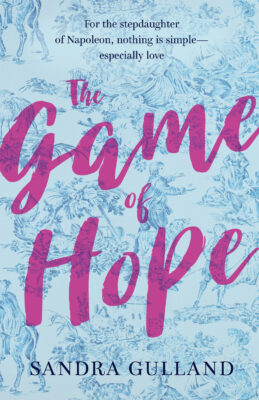To begin with the coaches, which are very numerous here, and very fine in gilding: there are but few, and those only of the great nobility, which are large, and have two seats or funds. But what they want in the size, beauty, and neatness of ours in London, they have infinitely in the easiness of carriage, and ready turning in the narrowest streets.
For this purpose, they are all crane-necked, and the front wheels are very low—not more than two feet and a half in diameter—which makes them easy to get into, and brings the coach-box down low, so that you have a much better view out the foremost glass (our high-seated coachmen being ever in the point of view).
Also, most coaches —even fiacres or hackneys—are hung with double springs at the four corners, which breaks all jolts. After having used the Paris coaches for four months, I rode in the chariot of my Lord, which came from England. Every jolt could be felt, so one was more tired in one hour in that coach, than in six in the others.
.
Karen Newman’s recent post, “Coach: Status Symbol” on the wonderful Wonders & Marvels site reminded me of something I’d read in A JOURNEY TO PARIS IN THE YEAR 1698 by Martin Lister.
Here is the passage (with changes made for readability):
Interesting! (There is so much in this book, I’m tempted to transcribe—and translate into modern English—the entire thing.)
Note: A fiacre is a small hackney coach (see illustration above). In 1640, Nicholas Sauvage, who hired out hackney coaches, lived at the Hotel St. Fiacre in the Rue St Martin, in Paris. (Now 223 rue St Martin in the Marais, according to this post.)
As well as being the patron saint of gardeners, Saint Fiacre is now the saint of taxi drivers.
*****
Website: http://www.sandragulland.com/
Blog: http://sandragulland.blogspot.com/
Facebook: http://tinyurl.com/3xzbgv
Twitter: http://twitter.com/Sandra_Gulland



My good friend is a taxi driver. Is there any medallion available that represents the patron saint Fiacre?
I’d like to get one for a gift.
Thanks
What a charming idea, Dexter. I don’t know of any such medallion, but perhaps if you asked Google? Good luck.
Dear Sandra,
Thanks so much for linking to WondersandMarvels.com. We always appreciate a mention and thoroughly enjoy your blog too!
All the best,
Holly T.
Hi Susanne,
I've looked through my archives, and the only hint I could find is a note about a hired fiacre Casanova used (charminly called a "pot de chambre"): it had two wheels and seated 1 to 2 people.
The illustrations I often see, however, show a four-wheeled carriage, and just looking at some of the four-wheeled ones Cassanova used, they carried from 2 to 8 people, but these larger ones were of the stage coach type. I suspect 2 passengers would be the rule for a taxi.
I have the on-line guide here:
http://www.reisewagen.de/#gbus
Let me know what you discover!
Hi Sandra! I've been trying to find hard info on whether or not the standard (late-18th-century) fiacre had room for four or for two. You'd think they would have been small and light two-seaters, like a 19th-century hansom cab, to get around Parisian streets. Any facts you can share from your Napoleonic research?
Cheers, Susanne